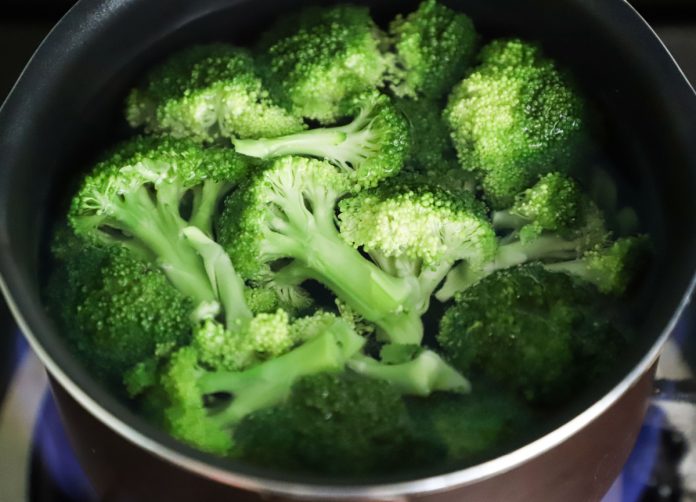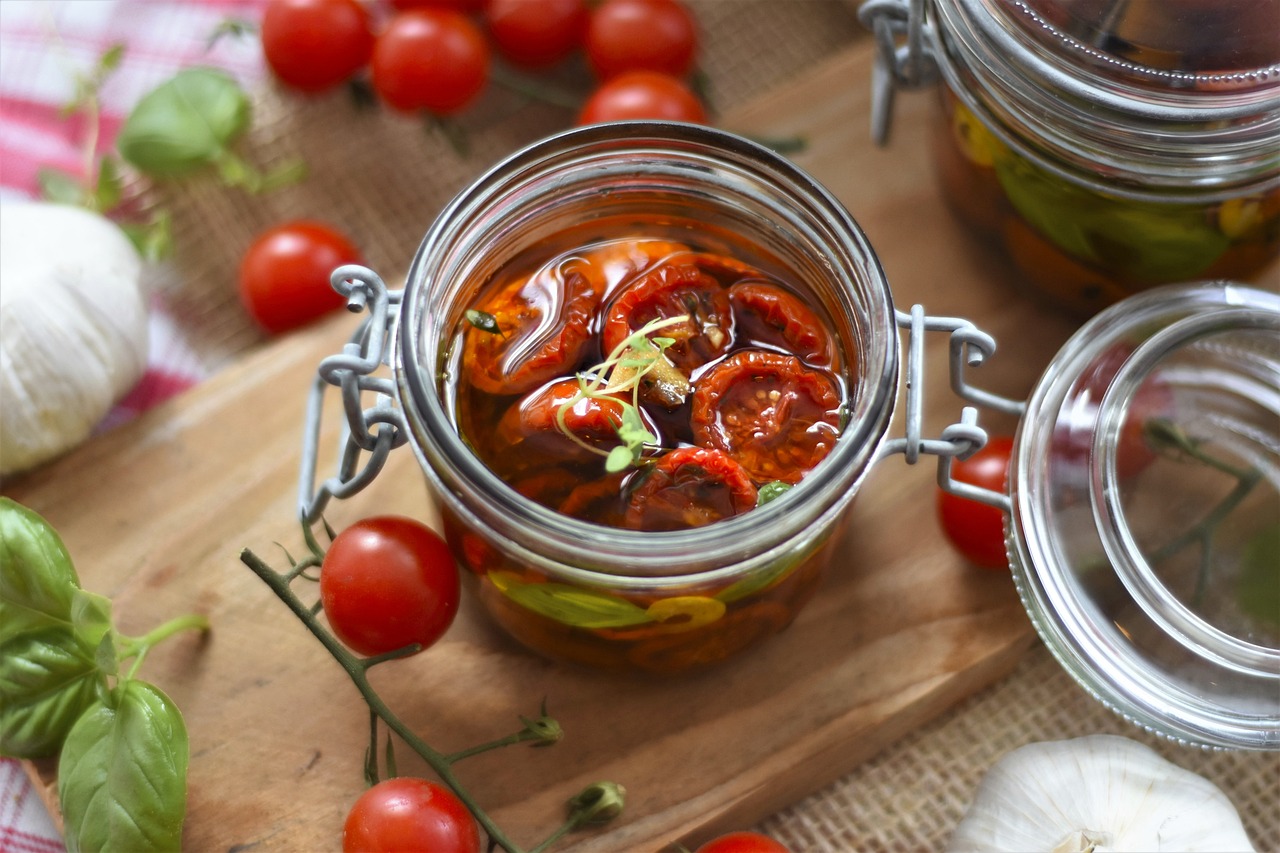Blanching to Preserve Fruits and Vegetables

Blanching is a technique that is incredibly useful for preserving the freshness of fruits and vegetables. When done correctly, blanching can help to remove dirt, bacteria, and enzymes from produce, which can extend its shelf life and make it safer to eat.
The process of blanching is quite simple. First, bring a pot of lightly salted water to a rolling boil (although salt is not required, it can help to enhance the flavor of your produce). Next, add the vegetables or fruits to the water and cook them for a short period of time – typically anywhere from 30 seconds to a few minutes, depending on the type of produce. Once they’re done, remove them from the boiling water and immediately plunge them into a bowl of ice water. This will help to cool them down and stop the cooking process, while also preserving their color and texture.
By freezing blanched produce, you can enjoy the benefits of blanching for an extended period of time and have a convenient supply of fresh fruits and vegetables on hand whenever you need them.
To freeze blanched produce, follow these steps:
- After blanching, remove the produce from the ice water and pat them dry with a towel to remove excess moisture.
- Spread the blanched produce out on a baking sheet lined with parchment paper in a single layer. This will prevent them from sticking together during freezing.
- Place the baking sheet in the freezer and let the produce freeze for about 1-2 hours, or until they are firm.
- Once frozen, transfer the blanched produce to airtight freezer bags or containers. Label the bags with the date and type of produce to keep track of their freshness.
- Store the frozen blanched produce in the freezer. When you’re ready to use them, simply remove the desired amount from the freezer and thaw them in the refrigerator or cook them directly from frozen, depending on your recipe.
Now that you know the basics of blanching and freezing the produce, let’s take a look at some common fruits and vegetables that can benefit from this technique:
1. Broccoli: Cut the broccoli into florets and blanch them for 2-3 minutes. Once frozen the broccoli shelf life is about 6-8 months
2. Green beans: Trim the ends off the green beans and blanch them for 2-3 minutes. Once frozen the green beans shelf life is about 8 months.
3. Peaches: Score an “X” on the bottom of each peach, blanch them for 30 seconds, then peel away the skin. Once frozen the peaches shelf life is about 10-12 months.
4. Carrots: Cut the carrots into sticks or rounds and blanch them for 2-3 minutes. Once frozen the carrots shelf life is about 10-12 months.
5. Asparagus: Trim the woody ends off the asparagus and blanch them for 2-3 minutes. Once frozen the asparagus shelf life is about 8-12 months.
6. Tomatoes: Score an “X” on the bottom of each tomato, blanch them for 10-15 seconds, then peel away the skin. Once frozen the tomatoes shelf life is about 10-12 months.
7. Corn: Blanch the ears of corn for 4-6 minutes, then cool them down and remove the kernels from the cob. Once frozen the corn shelf life is about 10-12 months.
8. Cauliflower: Cut the cauliflower into florets and blanch them for 2-3 minutes. Once frozen the cauliflower shelf life is 10-12 months.
9. Apples: Core and slice the apples, blanch them for 1-2 minutes, then cool them down and use them in pies or other baked goods. Once frozen the apples shelf life is 6-9 months.
10. Spinach: Blanch the spinach leaves for 30 seconds to 1 minute, then cool them down and squeeze out any excess water before using them in soups or stews. Once frozen the spinach shelf life is 10-12 months.
The Author:
Pioneerthinking.com – Ingredients for a Simple Life.
Photo. Buenosia Carol








